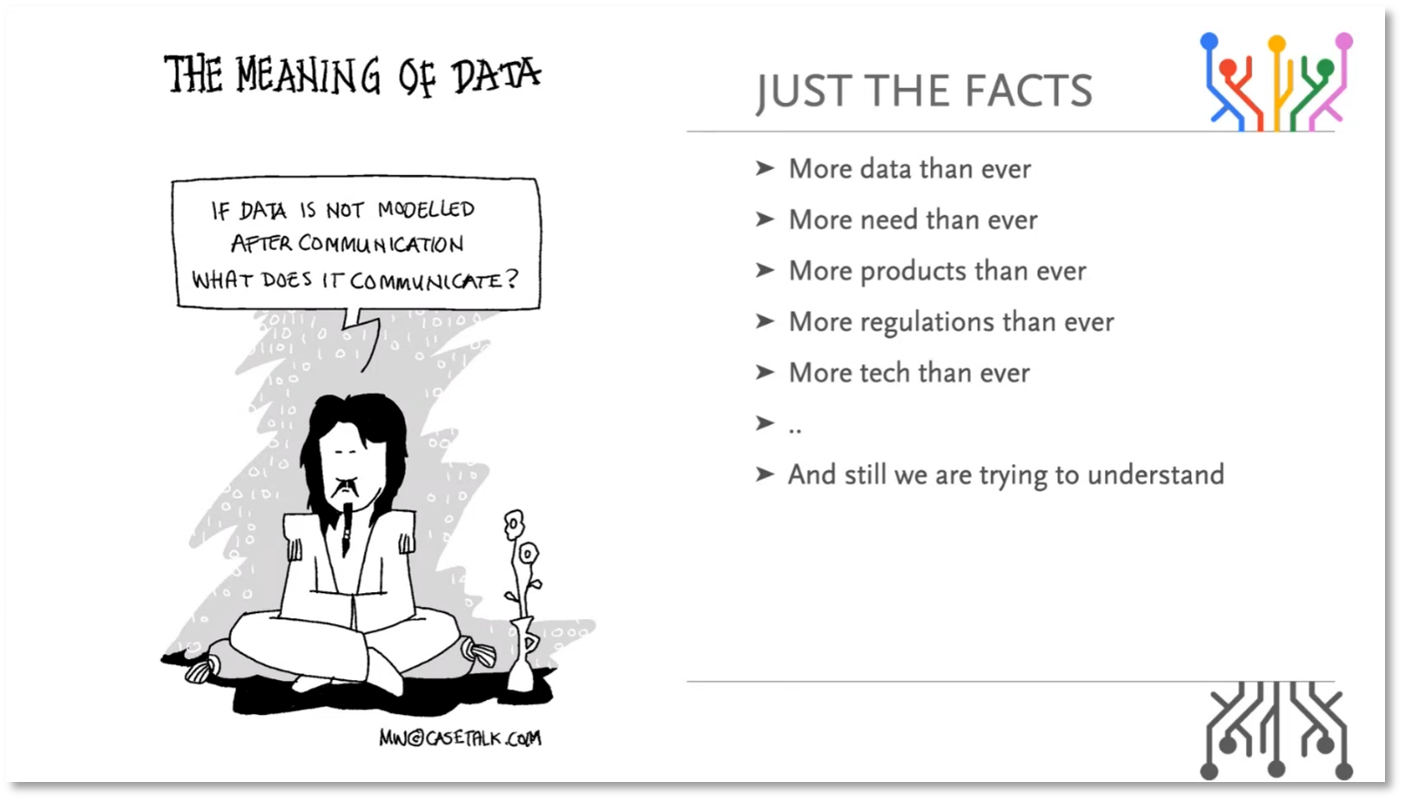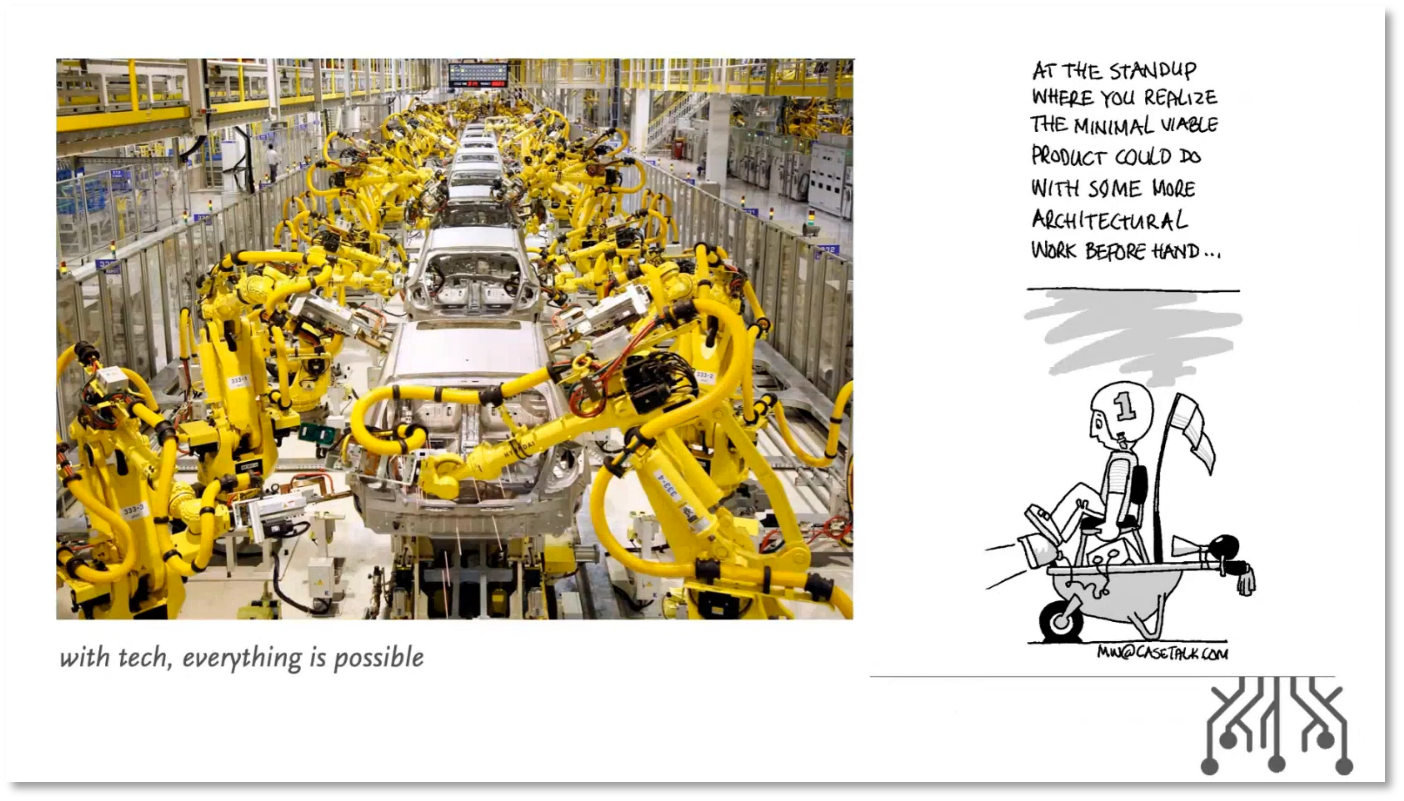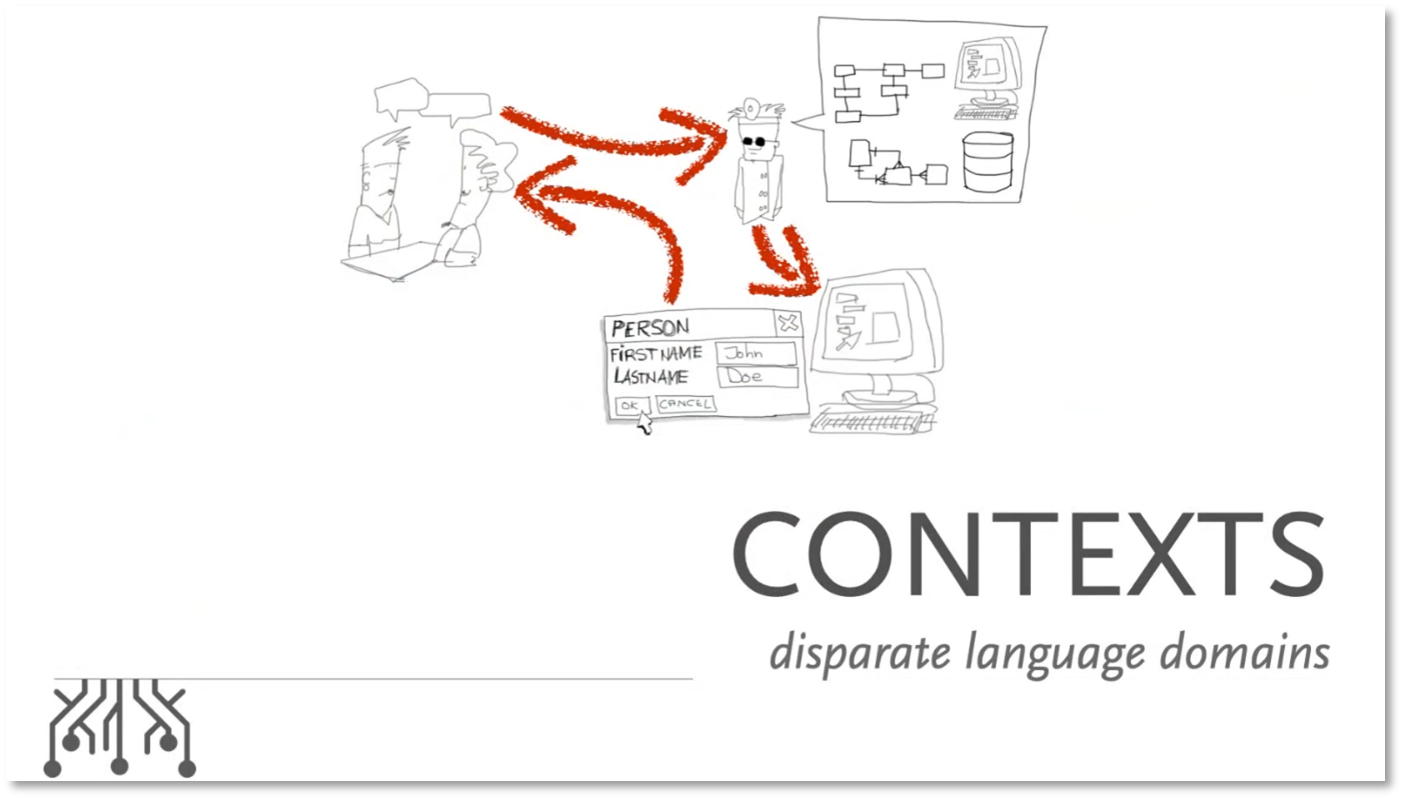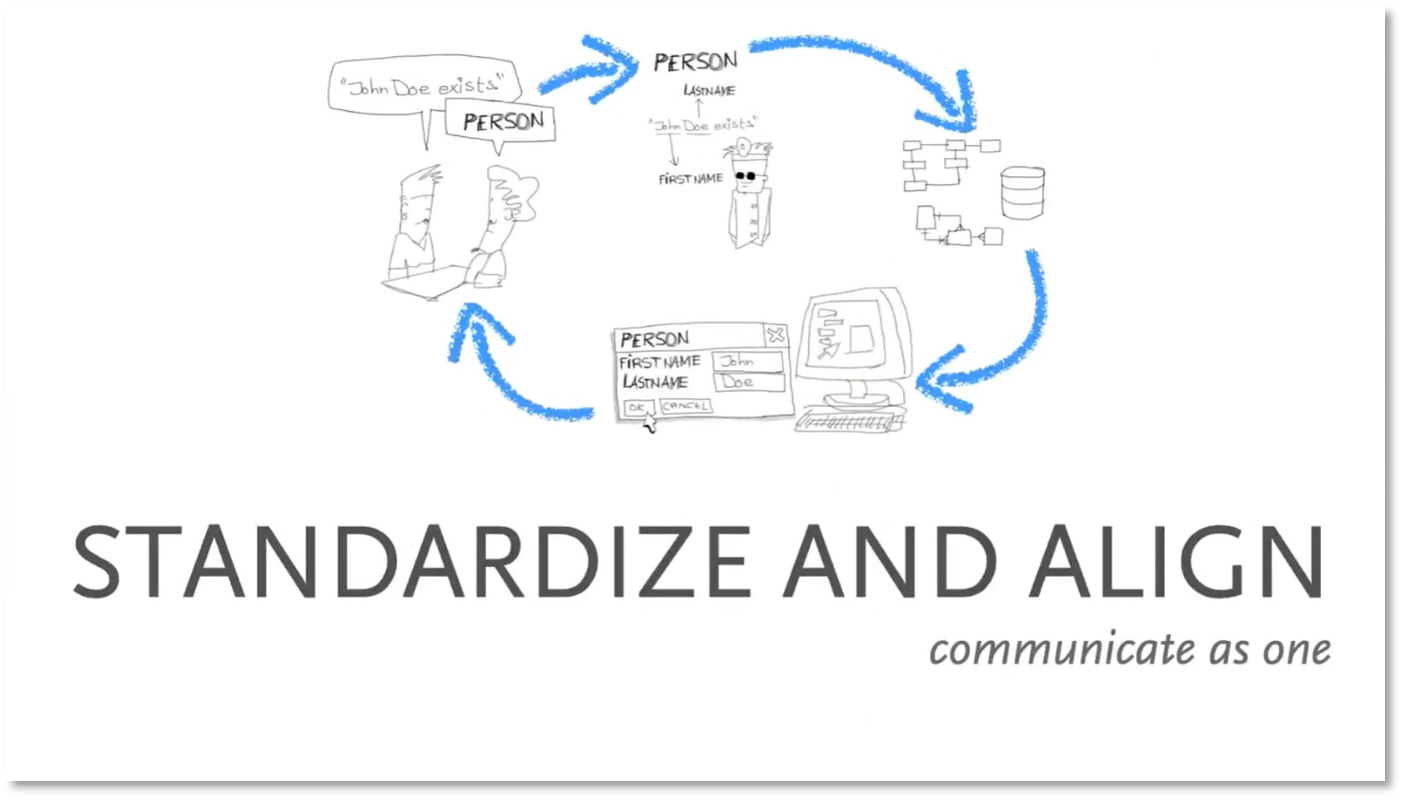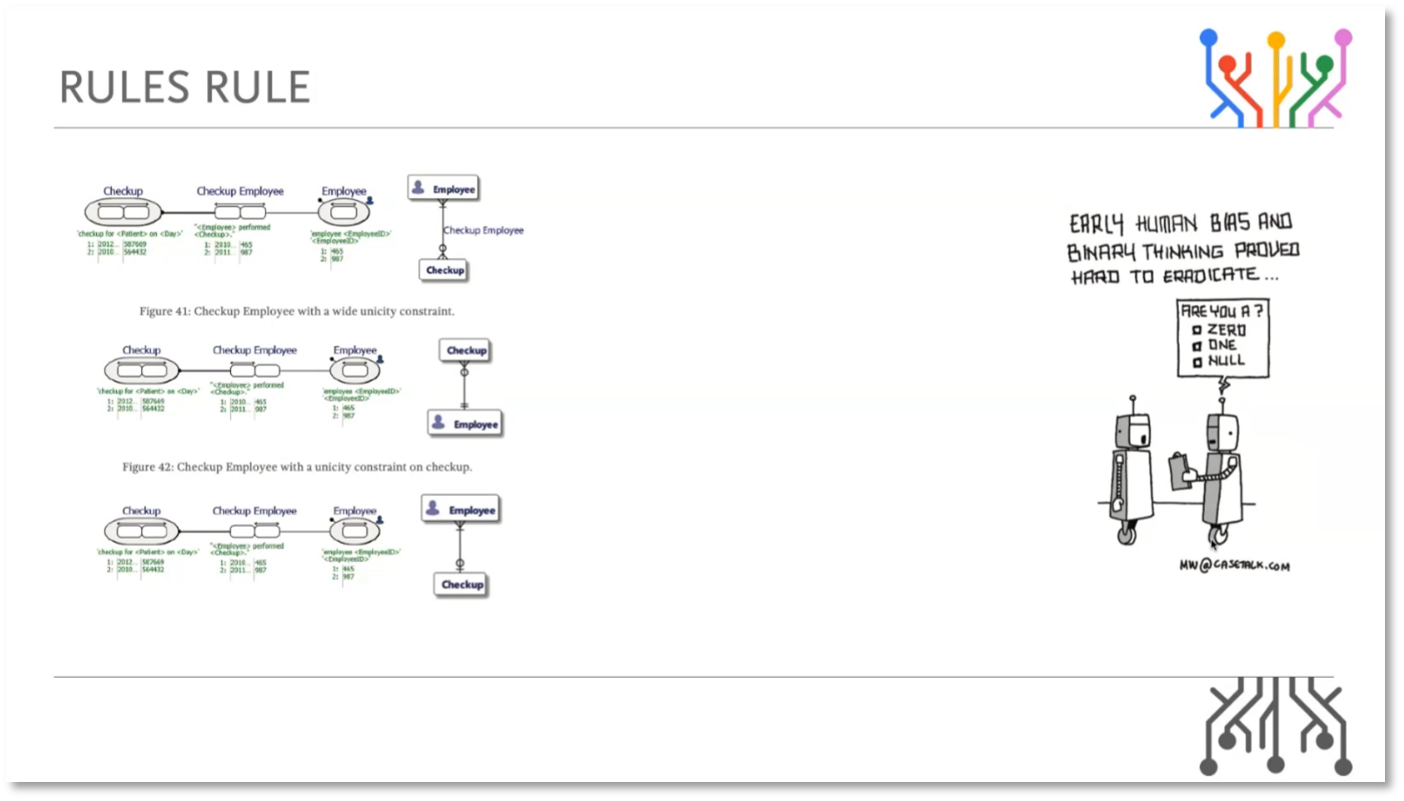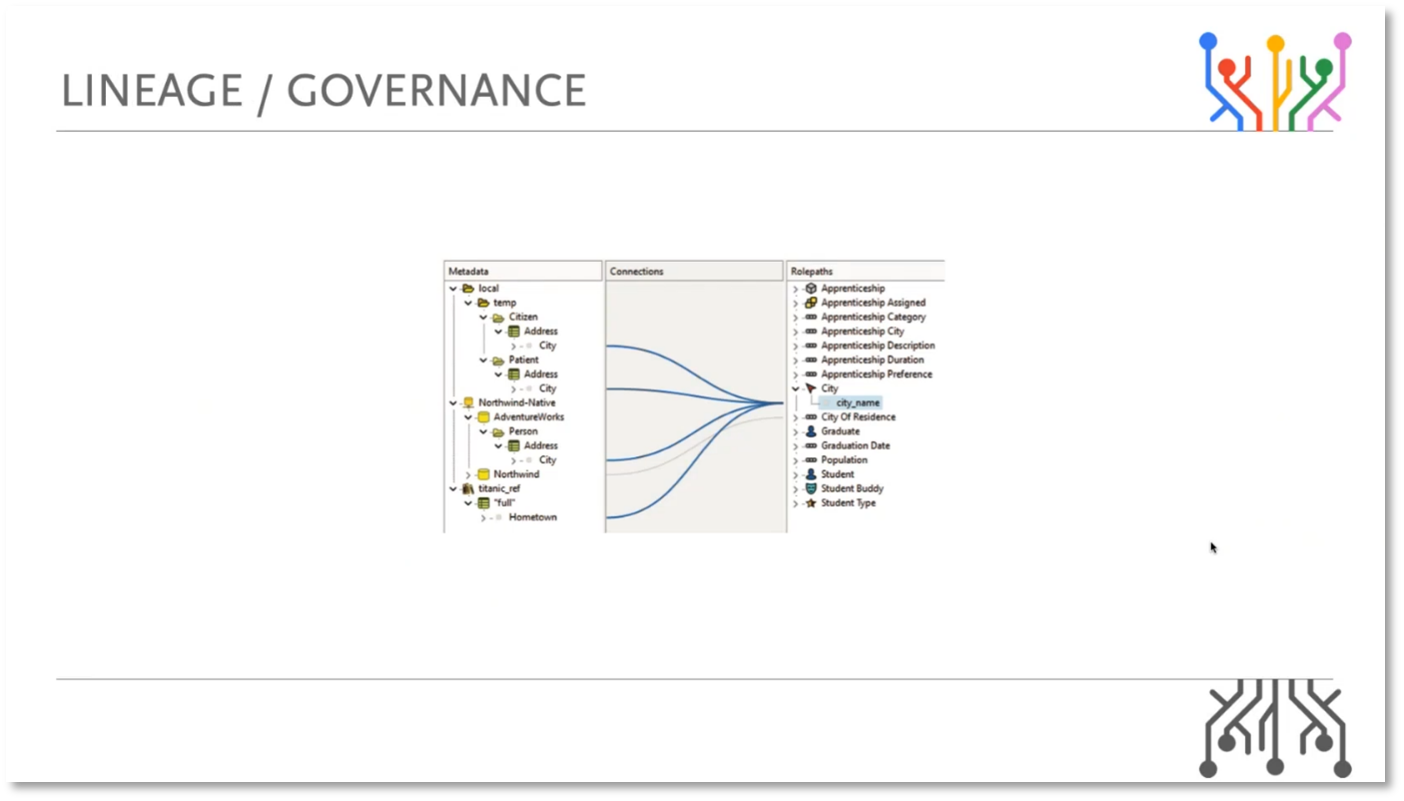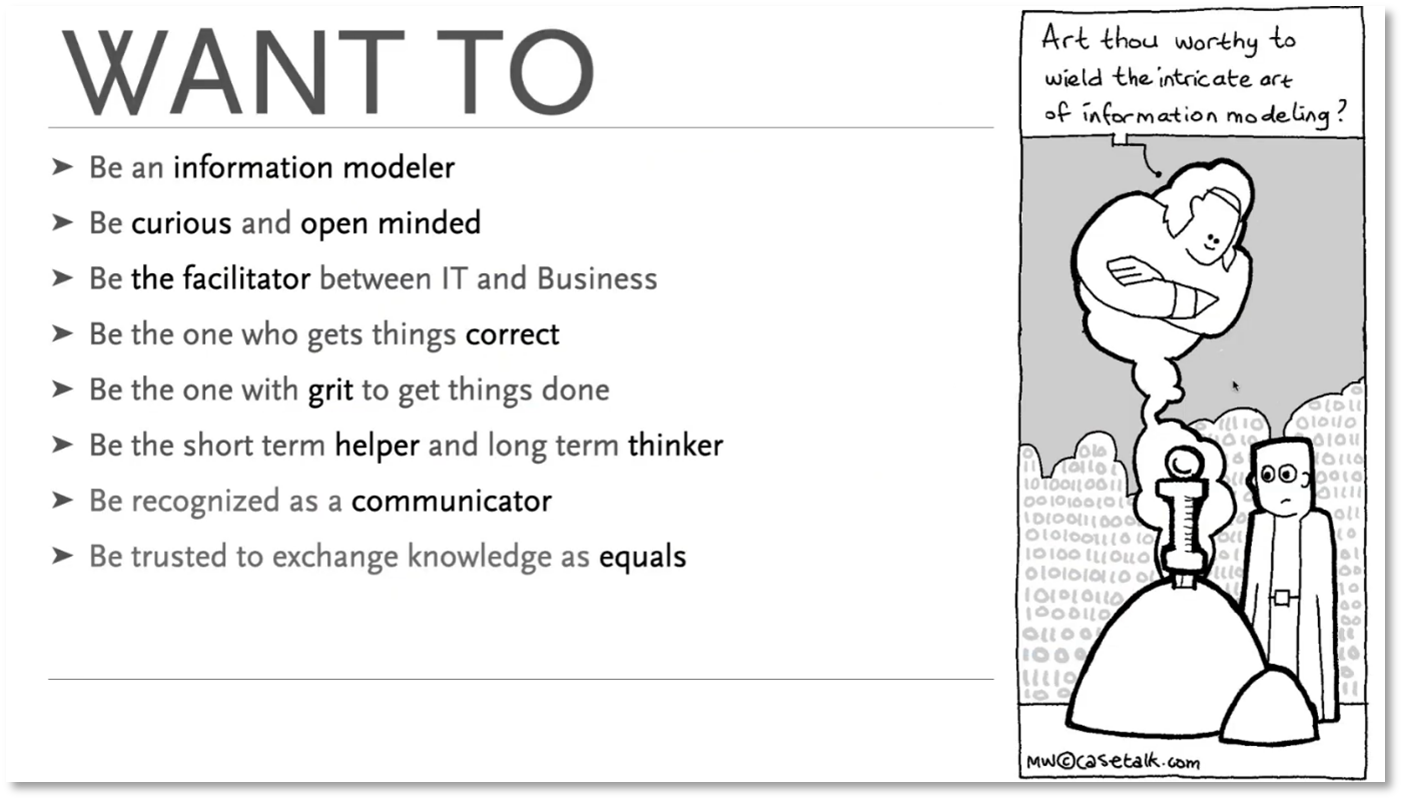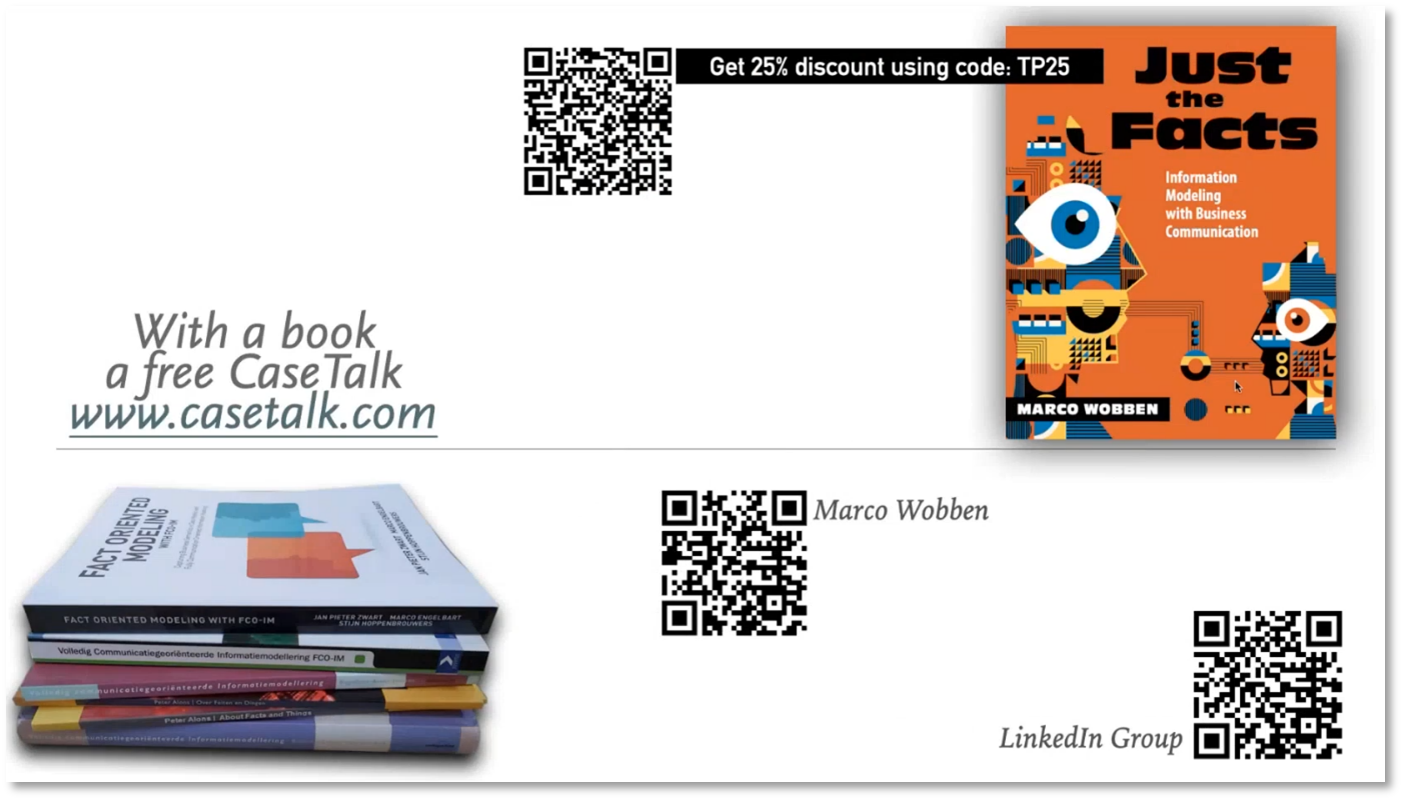Just the Facts - Information Modeling with Business Communication with Marco Wobben
Executive Summary
‘Just the Facts - Information Modeling with Business Communication with Marco Wobben’ focuses on the evolution, challenges, and importance of information exchange, data management, and communication in the context of consultancy and technical environments. Marco Wobben emphasises the significance of communication between domain experts and technical professionals, the management of data, and the development of communication-oriented methodologies. Additionally, he addresses the importance of data modelling, information structure, data quality, and the collaborative approach needed to bridge the gap between technical and business stakeholders in the context of agile methodologies and fail-fast principles.
Webinar Details:
Title: Just the Facts - Information Modeling with Business Communication with Marco Wobben
Date: 18 June 2024
Presenter: Marco Wobben
Write-up Author: Howard Diesel
Contents
Book Review Discussion.
The Evolution and Challenges of Information Exchange.
Challenges in Consultancy and Data Management
Context and Meaning in Data.
Communication and Context in Data Usage.
Communication Challenges between Domain Experts and Technical Professionals.
Data Management and Communication.
Information Modelling and Communication Oriented Methodology.
Facts and Data Administration.
Data Model and Translation in International Organizations.
Conceptual Diagramming and Data Modelling.
ChatGPT and Operationalized Communication.
Importance of Data Modelling.
Importance of Communication in Data Modeling.
Communication and Investment in Technical and Non-technical Environments.
Fact-Oriented Modelling Techniques.
Information Structure and Interdependency.
Agile Approach and Fail Fast
Overcoming the Disconnect between Technical and Business Stakeholders.
Data Quality and Metadata Annotation.
Book Review Discussion
Marco Wobben presents his first book, "Just the Facts," and plans to review its content. He discusses the challenges he faced in writing and publishing the book, with the title being inspired by a TV series focused on gathering facts, aligning with his approach to information modelling and business communication. Marco emphasises the importance of clear communication through facts and shares personal stories from his experiences.
The Evolution and Challenges of Information Exchange
The abundance of data products, regulations, and technology has challenged information exchange in our current era. Data exchange has evolved from prehistoric manual methods such as cave paintings to modern electronic methods, presenting speed and distribution challenges. While technology is often seen as the solution to problems, it's a temporary tool requiring continuous adaptation to address new problems. Despite concerns about AI taking over, tools still rely on human input, and technology requires significant time and effort to reach the simplicity and effectiveness of platforms like Google.
Figure 1 The meaning of Data. Just the facts
Figure 2 Prehistoric - Manual
Figure 3 Historic - Mechanical
Figure 4 Recently - Electronically
Figure 5 Tech is not a Solution, it's a tool for a temporary problem
Figure 6 With Tech, everything is possible
Challenges in Consultancy and Data Management
The current state of consultancy involves hiring short-term experts, leading to a lack of continuity in organisational progress. Long-term value in consultancy requires a mix of technological expertise, strategic planning, and architecture. Automation and data management create challenges like disparate data and maintaining data context and integrity. The promise of data lakes is questionable due to potential issues with data source, context, and meaning. Managing individual parts of an organisation without coherence may hinder effectiveness. Lastly, writing memos and documenting requests is essential for continuity in work and client interactions.
Figure 7 We have all the disparate data
Figure 8 All the Data in one place
Figure 9 Managing all the parts
Context and Meaning in Data
Writing notes that retain the original context is crucial when working with a team, as this context can easily be lost when others review data. Without context, crucial information tied to a specific language can be overlooked. The concept of context can be visualised using a pyramid structure, with data at the base, knowledge and information in between, and wisdom at the top. To effectively utilise this wisdom, an information system must navigate through the layers of the pyramid and comprehend the data.
Figure 10 Contexts - disparate language domains
Figure 11 How to get Context and Meaning in Data
Communication and Context in Data Usage
The effective utilisation of data requires maintaining insight and context, which can be lost when stored in databases or data lakes. Recognising that objective truths and facts are often perceived subjectively based on individual perspectives is important. Effective communication between different fields and specialities is crucial for optimising data utilisation. It's also essential to understand that people seek answers and information, not just raw data, emphasising the need for clear and effective communication. Finally, trust in experts and the hope for successful outcomes are common factors in data-related work.
Figure 12 Communication and Context in Data Usage
Communication Challenges between Domain Experts and Technical Professionals
Engaging domain experts to ensure clear communication is crucial before developing technical solutions. Advocating for fact-oriented modelling using the language of the business helps avoid miscommunication. However, bridging the communication gaps between domain experts and technical professionals remains challenging. Automated translation and language models are inadequate in understanding context and human communication. Additionally, the limitations of AI and GPT models in questioning and understanding context compared to human understanding are noteworthy.
Figure 13 Communication is a need, not a want
Figure 14 Communication Challenges between Domain Experts and Technical Professionals
Figure 15 Rosetta Steen
Figure 16 Rosetta Steen continued
Figure 17 The importance of understanding
Data Management and Communication
Avoiding miscommunication in inventory management is important as it can result in inaccurate data and potential risks. Marco notes that inaccurate data can have serious consequences, especially regarding subsidies and family welfare. To ensure effective communication and data management, it's crucial to standardise vocabulary and align work with that vocabulary. This standardisation can lead to business improvements and clear communication, enabling stakeholders to work consistently and contribute in a predefined manner. Standardisation also supports governance, lineage, and workflow models.
Figure 18 Whisper Game (aka Broken Telephone)
Figure 19 Data is also a Liability
Figure 20 Standardize and Align - communicate as one
Information Modelling and Communication Oriented Methodology
The Functional Class (FC) methodology supports information modelling through a communication-oriented approach. It uses Core Business Concepts (CBC) forms to gather information from domain experts. These forms document crucial aspects of an organisation, including attributes and definitions, serving as a flexible tool for information gathering without technical diagram notation. By using CBC forms, organisations can collect essential information and establish a foundation for modelling sessions, ultimately supporting the development of a comprehensive information model to address complex problems.
Figure 21 Immediate Benefits
Figure 22 How?
Figure 23 How not to Speak?
Facts and Data Management
When it comes to data management, the significance of precision in communication cannot be overstated. This is particularly crucial when dealing with non-atomic, non-concrete, and non-unique facts. These facts can be as diverse as separate facts for first names and surnames, abstract information like a patient having a checkup without specifying which patient, and instances where there are multiple possibilities for a fact (e.g., non-specific dates). Ensuring precision in communication is a key factor in maintaining clarity and accuracy in conveying such information. This is especially important when building computer systems, where the use of abstract information that meets employees' specific data administration needs is essential. Moreover, the implications of using different languages in theoretical research on facts and programming languages should be considered, particularly for businesses with users who speak different languages.
Data Model and Translation in International Organizations
International banking transactions demand a robust data model that can accommodate multiple languages. In this context, the role of translation tools is paramount. These tools are instrumental in translating and reorganising data, ensuring that the same information can be expressed in various languages and linguistic styles. The use of these tools is a testament to the importance of maintaining coherence and hierarchy in data, even when presented in different languages. The effective presentation of data across systems involves integrating language support without altering its essence.
Figure 24 Working with FACTS
Figure 25 Many Forms of data
Conceptual Diagramming and Data Modelling
Data modelling involves more than just creating concrete diagrams. It also includes aligning business knowledge with the systems used to build data warehouses. This alignment is crucial as it ensures the relevance and accuracy of the data model. The process also involves creating concrete diagrams such as concept and container diagrams, hierarchies, ontologies, and taxonomies. Legal article annotations are downloaded in XML files and annotated to distil information into an information model. Once the grammar is established, a logical diagram can be generated, but a language is required for verification. The discussed tool facilitates communication with end users and can translate content into different languages or technical variations. Business constraints, such as null and unique constraints, determine whether a fact becomes a table, an attribute, or a foreign key in a data model. An anchor point in data modelling aligns business views with the actual meaning in the source system. Lastly, business knowledge is aligned with the systems used to build data warehouses once they are modelled.
Figure 26 Concepts, Ontology, Article Annotation
Figure 27 Logical
Figure 28 Logical and Language
Figure 29 UML and Language
Figure 30 Basic Model Transformation
Figure 31 Rules Rule
Figure 32 Lineage/Governance
ChatGPT and Operationalized Communication
Marco emphasises the importance of lineage governance in information storage and its applications in technology, including SQL, JSON, and Python. He highlights ChatGPT's ability to generate code based on user input, support AI extensions for business case descriptions, and facilitate communication and collaboration among various stakeholders. Marco also shares that his book focuses on operationalised communication, targeting individuals outside the tech industry. It is recommended for anyone seeking a better understanding of the concepts presented.
Figure 33 Readable Code
Figure 34 Readable Code Continued
Figure 35 How to work your AI?
Figure 36 Operational, Reference Data, Management
Figure 37 Want to...
Importance of Data Modelling
Attendees are informed of a discount code for the book and the availability of a free tool download on casetalk.com. Marco highlights the challenges associated with facilitating conversations about the significance of data modelling and creating effective and practical models in the long term. He also acknowledged the reluctance within the tech industry to embrace new working methods, suggesting that identifying areas where current approaches fall short could drive change. Effective communication with domain experts is also crucial, as it can lead to improved understanding and recognition of data models, ultimately facilitating better collaboration.
Figure 38 Contact Info
Importance of Communication in Data Modeling
Marco emphasises addressing miscommunication in organisations and the significance of simplifying data to reveal language ambiguity and resolve it. Combining this approach with free tools for basic data modelling can help individuals realise the value of clear communication. The conventional data modelling method demands substantial effort and may be challenging for non-technical individuals to validate. The repercussions of neglecting business communication in the IT industry, resulting in unexplainable critical figures and subsequent penalties from regulatory bodies, are emphasised. Accurate data modelling is underscored for reasons of data quality and risk management and the potential for efficiency and improvement through clear communication, such as significantly reducing maintenance response times in infrastructure organisations.
Communication and Investment in Technical and Non-technical Environments
Understanding the value of technology integration is crucial as it involves a long-term process that demands time and resources but ultimately leads to significant cost savings and benefits. However, communicating this value to non-technical individuals can be challenging, particularly when they prioritise quick fixes over long-term solutions. Moreover, technical individuals may encounter difficulties in effectively conveying the benefits of technology integration, especially when faced with cultural and language barriers. Bridging this gap necessitates effective communication and demonstrating technology integration's immediate and long-term advantages.
Fact-Oriented Modelling Techniques
The significance of a problem or crisis in driving change and fostering collaboration, the need for consistent use of fact-oriented modelling techniques, and the assertion that these techniques promote consistency are highlighted. Additionally, the potential for sharing information models across large enterprises is explained, emphasising that these models are based on information dependencies rather than departmental or product alignments. Furthermore, the importance of aligning application development with organisational knowledge to reduce inconsistencies and extend information models to different business units is discussed. Finally, the implications of language variations across business units are considered.
Information Structure and Interdependency
Different language and information structures exist within an organisation, including common, departmental, and specific jargon. Understanding the interdependency of information models requires separating common, shared, and very specific languages. Data that does not register the actual person or user that created it may be considered shared jargon throughout the enterprise, used and reused across departments, highlighting information dependency regarding assets and functional items. Building an application involves pulling information from various knowledge domains within the organisation, utilising a common language defined independently of the application. Extracting knowledge domain by knowledge domain and aligning them is essential for building an enterprise model that efficiently communicates information throughout the organisation.
Agile Approach and Fail Fast
The Agile approach in software development focuses on adding value in every step and verifying with domain experts by taking small steps in small sprints or storylines and verifying each step with stakeholders. Every piece of data added or changed in Agile should have a verified fact expression, and if there is a disagreement on a fact, it fails instantly (fail fast). The verification process in agile is crucial, as introducing new facts is instantly checked against pre-existing ones, supported by tools that help identify any data structure discrepancies.
Overcoming the Disconnect between Technical and Business Stakeholders
Marco notes that, in many organisations, there is a disconnect between technical and business stakeholders, causing misaligned objectives and inefficiencies. His book addresses this challenge and discusses effective communication and goal alignment methodologies. Technical and business stakeholders often have different goals, with the former focused on building software or creating solutions, while the latter aims to fulfil the business's mission statement. Aligning these goals involves speed, cost-effectiveness, and high-quality outcomes. While fixing miscommunication between these stakeholders is a slow and potentially costly process in the short term, it is essential for overall alignment. The disconnect results from differing human-created goals, and while there is no definitive solution, the mention of reference data and data quality person modelling expectations suggests that translating data quality across domains may be possible through similar methodologies.
Data Quality and Metadata Annotation
Ensure high data quality when creating data models for a dashboard. Using a specific approach and tool, tracking the data source in the loading process, and annotating facts allow for indicating any issues with data quality or ambiguity. Quality annotations in metadata can also be used for certain outcomes. Privacy considerations should extend to both the data in production and information elements, particularly in high-security environments. Managing privacy and metadata annotation follows a similar process to reference data, but different domains require specific considerations.
If you want to receive the recording, kindly contact Debbie (social@modelwaresystems.com)
Don’t forget to join our exciting LinkedIn and Meetup data communities not to miss out!


